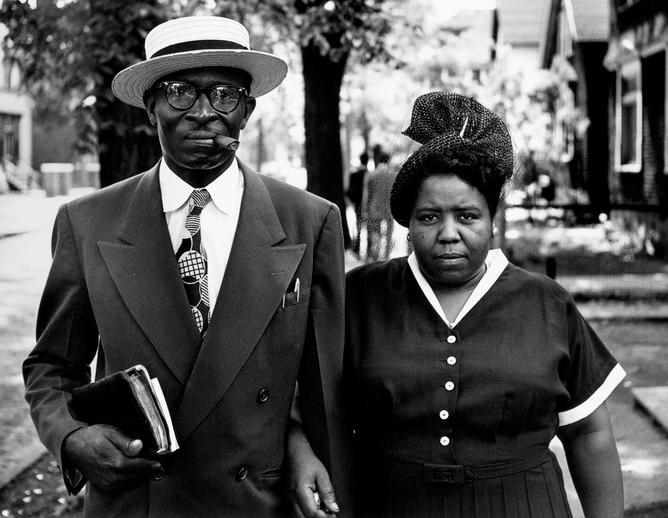In the spring of 1950, Gordon Parks, the first African-American photographer for Life Magazine, returned to his hometown of Fort Scott, Kansas. On assignment for the magazine, Parks photographed his middle school classmates, who were dispersed among Fort Scott and other Midwestern cities and towns.
The resulting images – while quite personal to Parks – offer a glimpse into a community and a set of experiences shared by many African Americans of his generation. Depicting the realities of discrimination without the veil of nostalgia, it’s a body of work that captures the resiliency of a community at a significant point in American history – just prior to the Civil Rights Movement.
But for reasons unknown, Life never published the series.
Now, the powerful exhibit of over 40 segregation-era images is on display at Boston’s Museum of Fine Arts.


